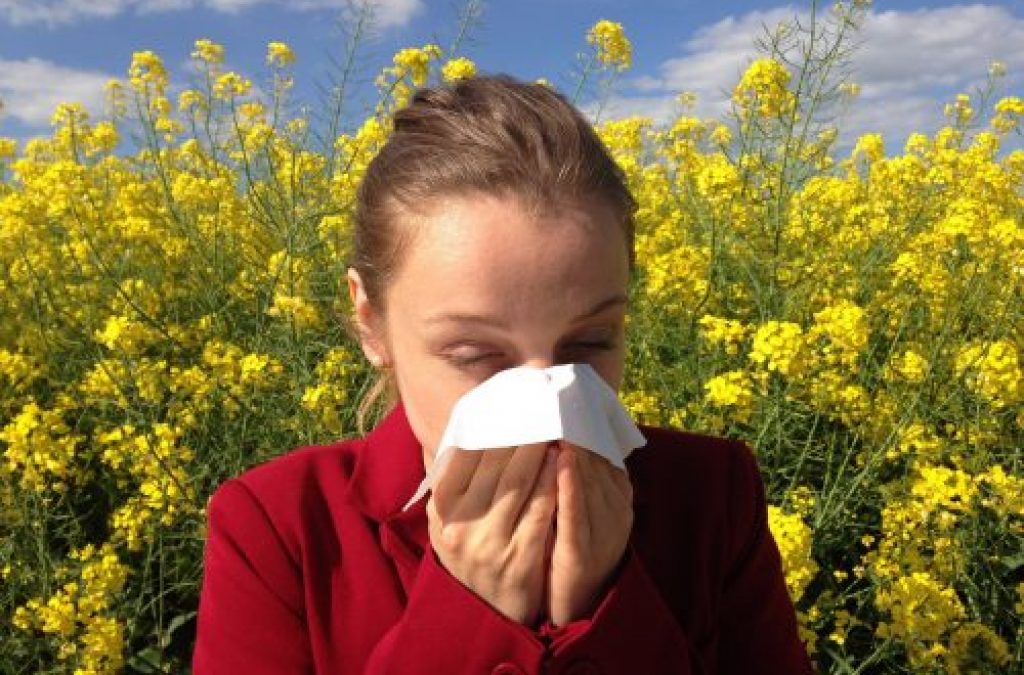Eye allergies, such as hay fever, affect as many of 40% of children in the UK. There is also evidence to show that children in urban areas with more pollution have a higher incidence of allergies than those in rural regions.
Children suffering from hay fever often have sleep problems, which leads to daytime fatigue and somnolence, and decreased cognitive functioning.
Vernal conjunctivitis is a common reaction that usually affects boys who already suffer from asthma or eczema (up to 75% have either condition).
Most of these boys have a family history of allergies, and usually experience flare-ups in the spring and summer months, which can lead to a long-term swelling of the tissues that line the eyes.
Triggers of Eye Allergies
Pollen: Pollens cause seasonal allergies. Trees, grass, weeds and moulds are the most common pollens. Tree pollens come in the spring. Grass pollens come in the summer. Weed pollens come in autumn. You can’t avoid pollens because they are in the air, but there are some steps you can take to protect your child from pollen exposure.
Pets: Allergens can also be from cats, dogs, horses, rabbits and other animals. Pet allergens can be found in the air where animals have been. They can also get in the eyes from the hands. These symptoms usually last a few hours. If you own a pet, your child may have symptoms all the time.
House Dust: House dust contains many allergens, so it’s important to keep your home clean. If your humidity is high, it will contain mould, which can also provoke an allergic reaction in children. If someone with a cat visits you, they will bring cat dander with them. House dust causes year-round, daily symptoms. The medical name for this is perennial eye allergies.
Symptoms of Eye Allergies in Children
You should keep an eye out for symptoms of allergies in children. Not only are they one of the highest risk groups to have allergies, but younger children may have trouble articulating their symptoms. Undiagnosed, allergic reactions can lead to asthma.
Keep an eye out for the symptoms in your child:
- Itchy eyes with frequent rubbing
- Increased tearing (watery eyes)
- Red or pink eyes
- Mild swelling of the eyelids
- No discharge or a sticky, stringy, mucus discharge
- No pain or fever
Treating Eye Allergies in Children
Luckily, anti-histamine tablets are safe for most children. They have a good record of reducing symptoms to a manageable level, although in certain situations anti-allergy injections may be required instead.
If the suspected allergy trigger is something that has been handled by your child, be sure to wash their hands, face, and clothes thoroughly to remove the remaining particles.
Wearing glasses or sunglasses will protect the eyes from any dust, mould, or pollen spores, reducing the likelihood of another allergic episode.
If rinsing the eyes with cold water does not help to resolve the problem, allergy eye drops may be needed. These wash contaminants out of the eyes, minimising any inflammation.
If you suspect that your child is suffering from allergies, contact your GP.
Produced in collaboration with Eyesite, Reading – a chain of independent opticians with six practices across the South East of England.

